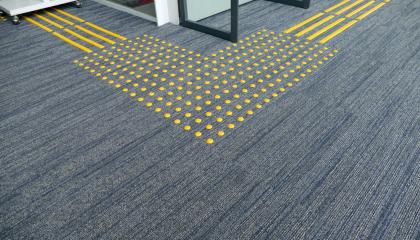In New York City, amidst its bustling streets and sprawling transit network, a less spoken narrative exists. While the city brings in dreamers, creatives, and those with amazing ambitions, it also chases away a vital community that makes up its boroughs—people with visual and physical disabilities.
The numbers tell a sobering story:











